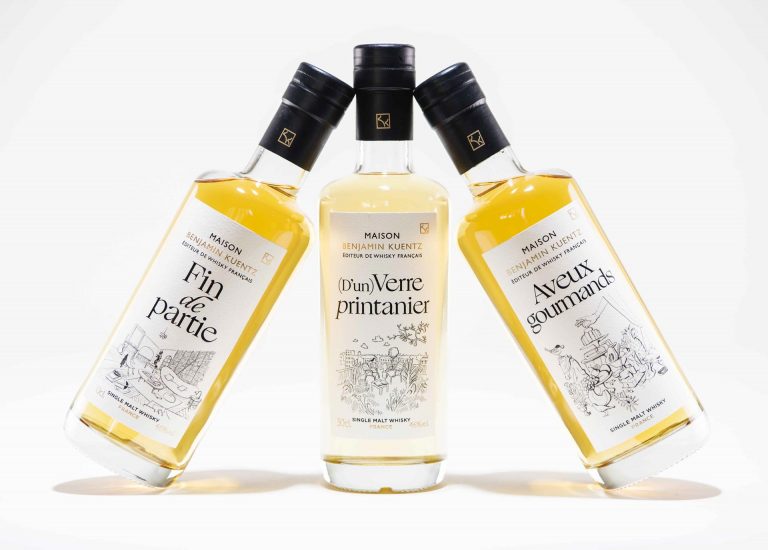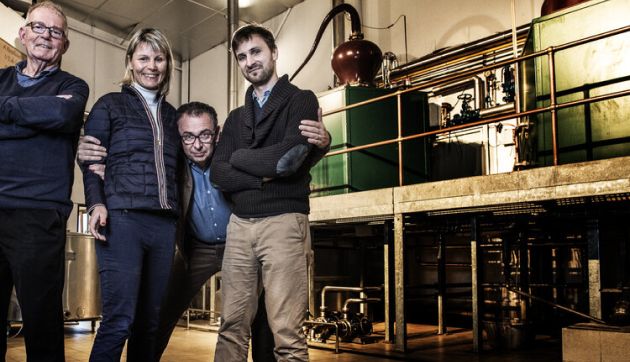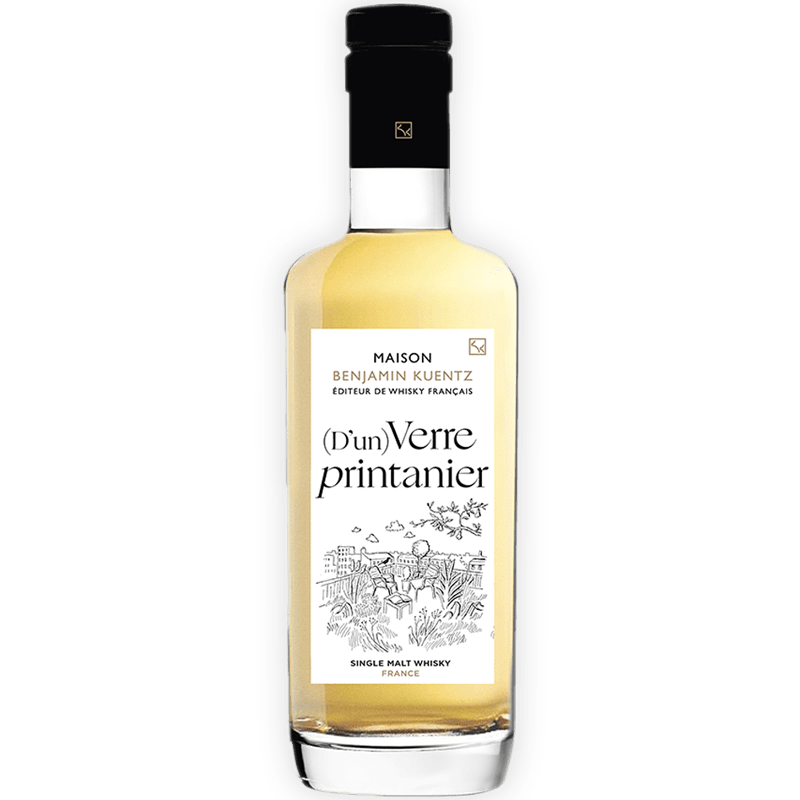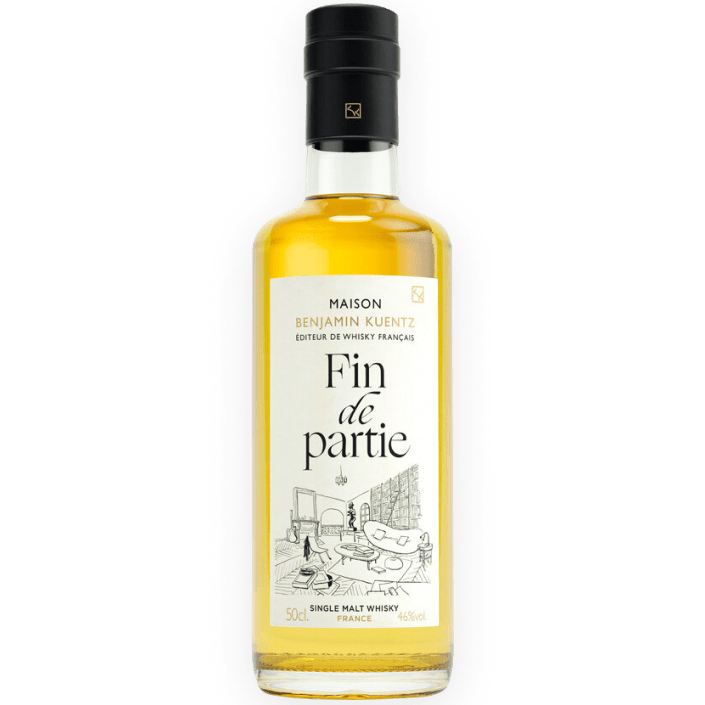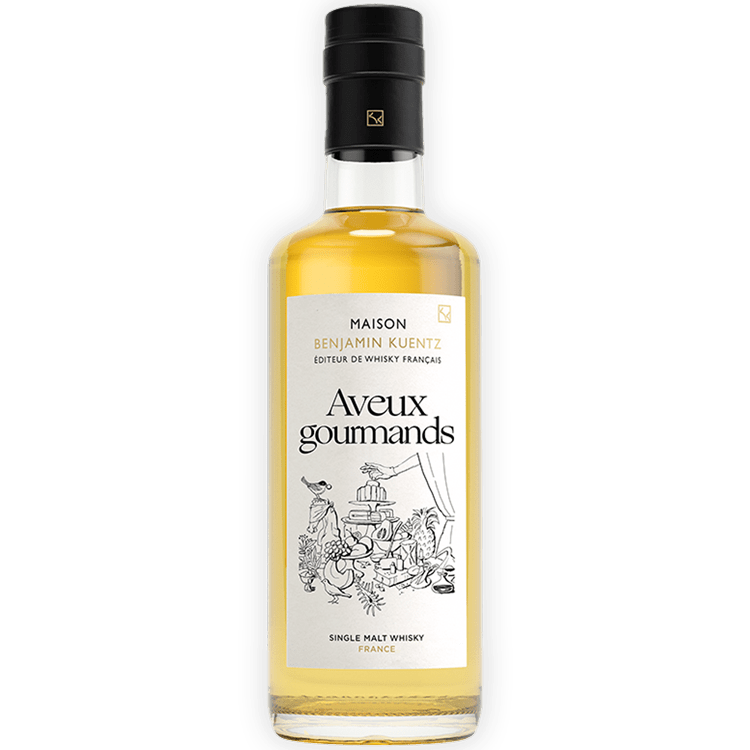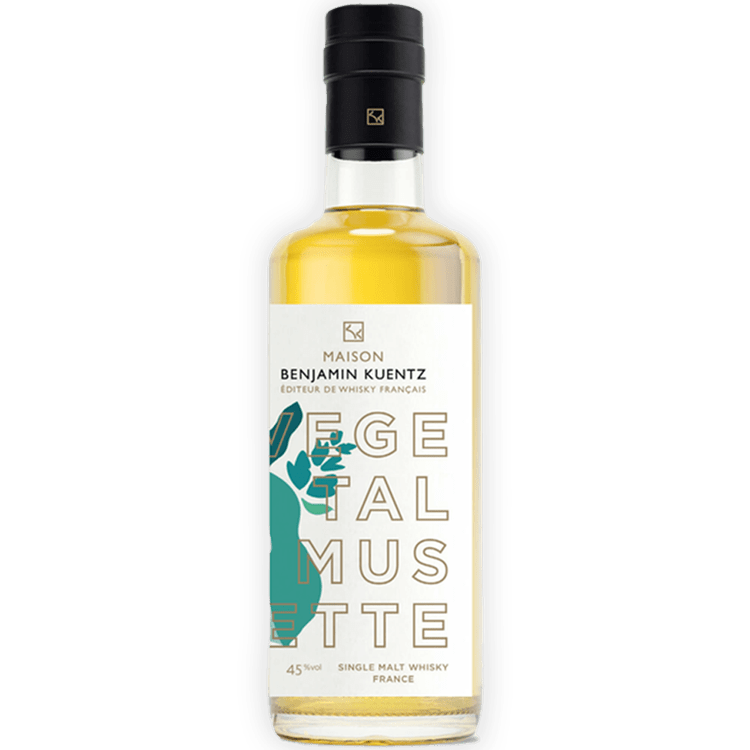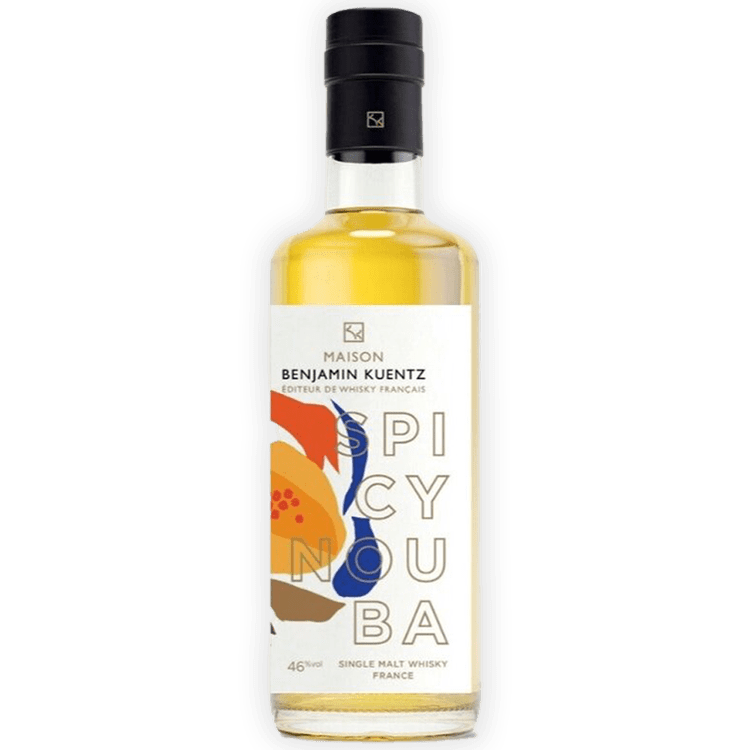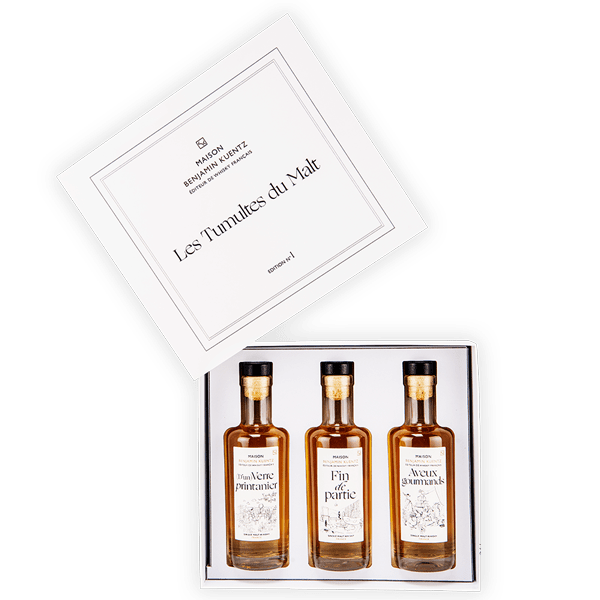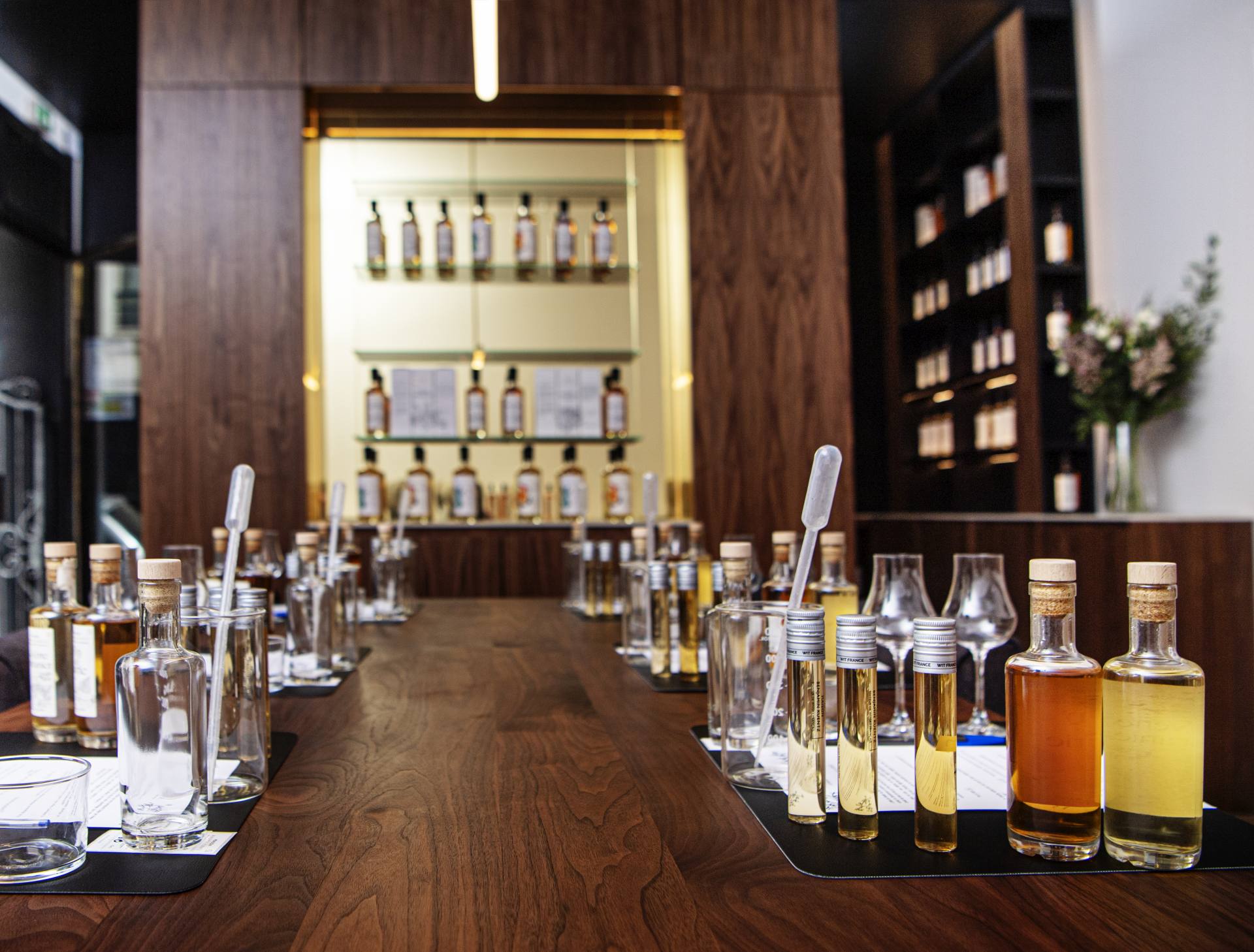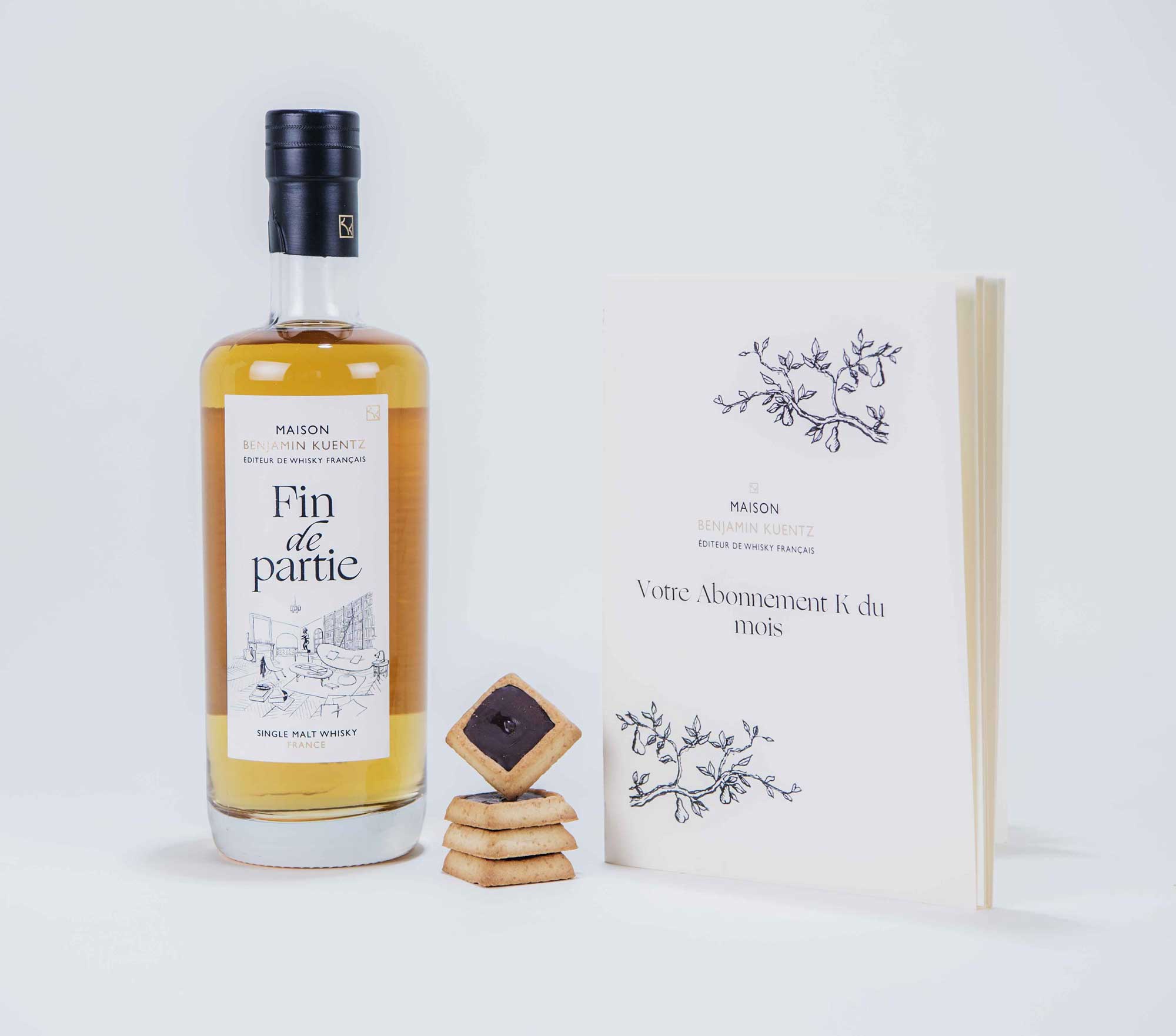Do you want to revise your English? It’s a good thing, it’s a must to understand French whisky.
Have you ever looked at the label of a French whisky? If this is the case, you may have noticed that, even on bottles bearing the tricolour cockade, English mentions abound.
Some of them are very popular, others a little more special. Today, in order to make it clearer, I will review the major whisky appellations, presenting them to you, like in a dictionary. They are the essential basis for understanding what the producers are saying… And will help you to decipher the labels!
What is the purpose of these details?
In the first instance, this is a legal obligation. The production and marketing of whiskies is subject to national and international law. All the production specifications and geographical indications are set out in a specification, approved and then meticulously checked by the competent authorities.
But if the authorities are responsible for enforcing these specifications so rigorously, it is naturally to provide guarantees of supply and general quality to end consumers, allowing them easier traceability and especially a product that they can (almost) buy with their eyes closed.
The age of whisky
A whisky must AGE A MINIMUM OF THREE YEARS in wooden casks to claim to belong to this category.
It is not uncommon to find whiskies mentioning the number of years spent in barrel. Whisky is a demanding spirit in terms of age statement, even if it is not mandatory. For the calculation of the age of a whisky, the age displayed corresponds to the youngest whisky which took part in the assembly of the bottle.
This simple rule, unfortunately, does not apply to French whiskies, to our great dismay. In fact, there is no body in charge of ageing control in France, and the customs authorities are reluctant to take on this task. Our distillers suffer, and are forced to sell NAS: No Age Statement, thus not promoting the greatness of their work.
NB: a whisky can also be vintage, to testify to the know-how and inspiration of a distiller, in a given year.
Malt or grain whisky?
GRAIN (N.M.) A grain (Anglicism, pronounced “ɡreɪn”) is a whisky made from unmalted grain, or else from malted grain in very small proportions. Are you not familiar with malting? No problem, episode #4 of the Dessous du Malt is coming soon, and I will answer all your questions about it.
MALT (N.M) It is a whisky distilled from malted cereals, often barley, rye or wheat.
One distillery, or several?
BLEND/BLENDED (N.M OR ADJ) Means “assembly” in English. Is therefore a blended whisky of several types of whisky (malt and grain) made in different distilleries.
SINGLE (N.M. OR ADJ.) Said of a whisky made in a single distillery. Ex: “Our Fin de Partie single malt was made in a distillery in Lorraine from malted barley” Benjamin Kuentz, Whisky Live 2019.
Information on the production and ageing of the wine
CASK STRENGTH (N.M) This is a whisky that has not been extended with water after ageing. This gives it an unmistakable aromatic explosiveness. For example, discover the Particules Vines Edition 2, aged in Bordeaux Grand Cru barrels, a Brut de fût with 57.9 degrees of alcohol.
CORN WHISKY (N.M) Whisky made from a minimum of 80% corn.
FINISH (N.M.) Name given to the maturation of a whisky when it is aged in a different cask than the one originally used. Ex: Aux Particules Vines #3 was aged in ex Macvin barrels for 9 years, and has a 9 month finish in a legendary red wine barrel.
RYE WHISKY (N.M) Whisky made from a minimum of 51% rye.
SINGLE CASK (N.M.) Often synonymous with exceptional quality, a single cask refers to whisky coming from a single cask. Ex: The Guip is a single cask inspired by the eponymous shipyard in Brest. The quality of the selected cask is unequalled.
Protected designations
BOURBON (N.M) Grain whisky originally made in Bourbon County, USA. Must be made today in the United States from a minimum of 51% corn, and aged for a minimum of two years in new oak barrels.
IRISH WHISKEY (N.M) Whisky to be brewed, fermented, distilled and aged in Ireland. The “e” in “whiskey” is a convention to distinguish it. Aging must last at least three years.
POT STILL WHISKEY (N.M) Watch the numbers, hang on. This is a whisky produced in Ireland using malted and unmalted barley in ideally equal proportions. Barley must represent at least 95% of this whisky and a minimum of 30% of malted and unmalted barley must be respected. Moreover, this whisky must be distilled three times in a Charentais still (cock-a-doodle-doo). This still is called Pot still in English, hence the name.
SCOTCH WHISKY (N.M) Whisky to be brewed, fermented, distilled and aged in Scotland, distilled at least twice in copper pot stills and containing at least 40 proof. Aging must last at least three years in barrels of less than 700L.
TENNESSEE WHISKEY (N.M) This is a special bourbon, made exclusively in Tennessee County. Before being put into barrels, it must be filtered with maple charcoal so that the eau de vie to be aged is neutral in aroma.
What names for French whisky?
WHISKY ALSACIEN (N.M.) Protected Geographical Indication distinguishing whiskies made exclusively from barley malted in the Alsace region. Sugar and the addition of chemicals is prohibited in respect of the appellation. The addition of dyes is prohibited.
WHISKY BRETON (N.M) Protected Geographical Indication distinguishing whiskies made in Brittany in an area specified by law. The cereals used can be malted or not. The addition of sugar to enhance the sweetness of the must is prohibited. The only species authorised by the PGI for ageing is oak.
